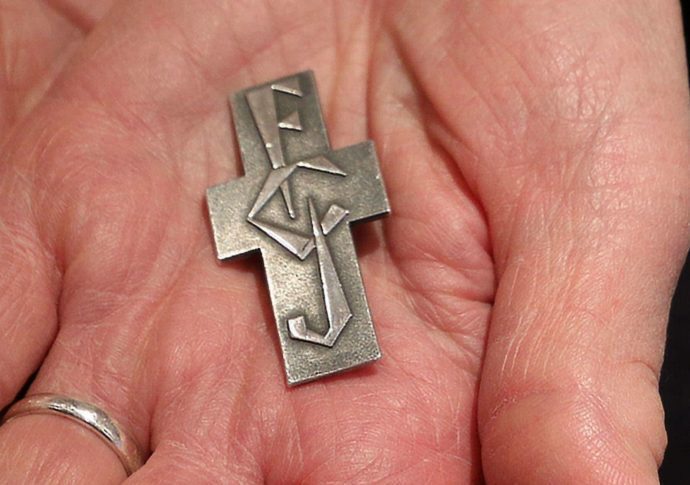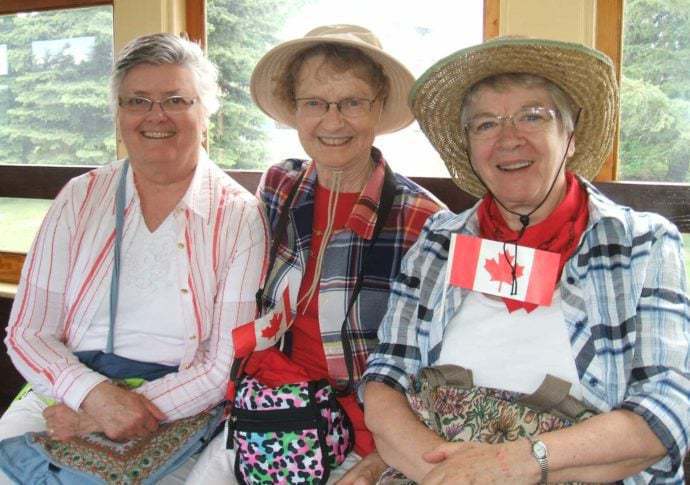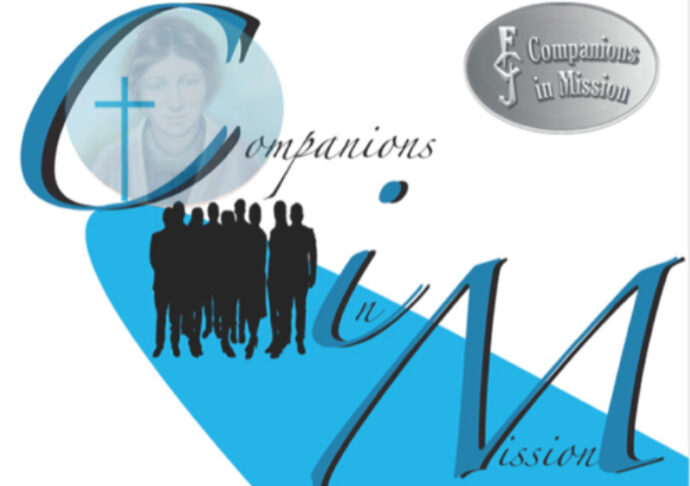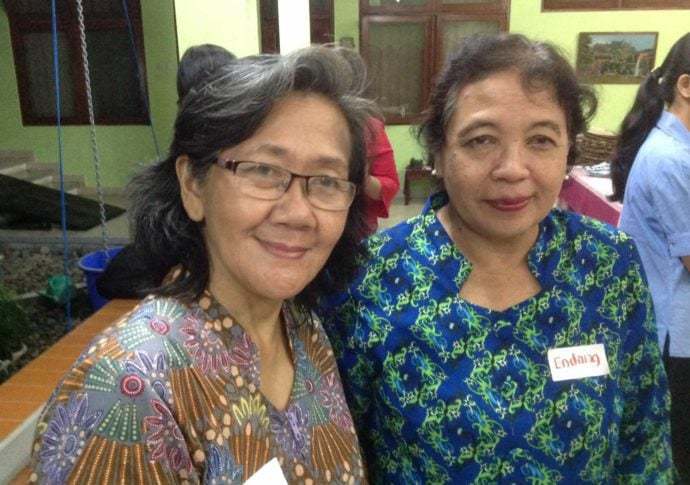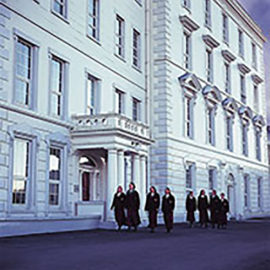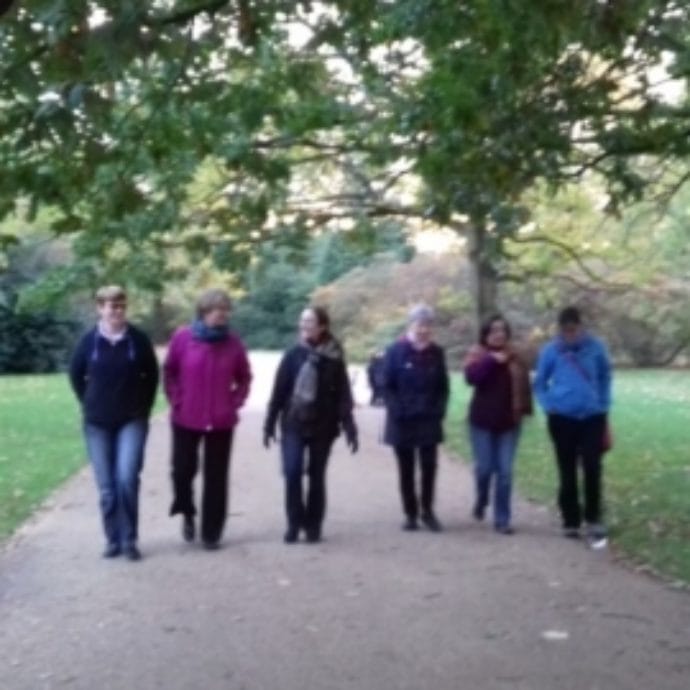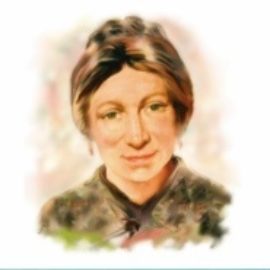Catherine Windle, a Canadian, was elected as Superior General to replace Philomena Higgins in April 1948. She was 64, and had been closely involved in the governance of the Society for many years, having served as Assistant General under Philomena for eighteen years. Her generalate began in the post-war period of restoration and renewal in Europe.
The Second Vatican Council, which opened in 1962 during the pontificate of John XXIII and ended in 1965 during that of Paul VI, was arguably the most important event of the twentieth century for the Catholic Church. The Council proposed a radical change of spiritual and theological perspective, moving from world-estrangement to world-engagement, and giving close consideration to various aspects of modern life in a spirit of openness rather than condemnation. This approach presented a profound challenge for the traditional form of religious life, and Catherine seemed unable to face the need for adjustment to a changed and changing world. Catherine’s regime was brought to a close by her resignation in 1966. The following year, she died at Somers Town, in London.
Five new foundations were made under Catherine, four of them in Canada:
1948: Combermere, Canada
1951: Toronto, Canada – Maria Fidelis Convent
1963: Toronto, Canada – Madonna High School
1966: Midnapore, Canada
1969: Waterloo, Belgium – St John’s International School
Renewal and adaptation
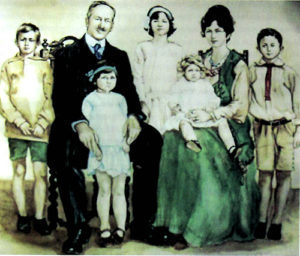
Following Catherine’s resignation, Raphael Conran, an Irishwoman, was elected as Superior General in July 1966, and it was her task to begin the renewal and adaptation of the Society called for by the Second Vatican Council. Many said of her that she was ‘the right person’ to ease the Society through some of the most exhilarating and turbulent years of its history. She made innumerable visits to communities in different parts of the world, as well as more formal ‘visitations’, in order to reassure, to restore confidence, to pour oil of troubled waters and release some of the tensions generated by the changes that were taking place.
As Superior General, Raphael saw the closure of some of the long-established works of the Society, while at the same time the move from corporate to individual ministries increased in momentum. Small communities of two, three or four sisters gradually became the norm rather than the exception as a broader understanding of apostolic involvement developed. She saw too the rapid growth of feminism, especially in North America and this resulted in strenuous efforts on the part of women to give the feminine dimension its rightful place in theological discourse. The habit, the very symbol which had formerly accentuated the separation of religious from ‘the world’, was first modified then dispensed with completely by apostolic religious, including the FCJs, as a new impulse of engagement with ‘the world’ rather than flight from it took hold in the wake of Vatican II.

Raphael resigned, for health reasons, in 1975 at the age of 64. She died in Broadstairs on 2 June 2003 at the age of 93.






